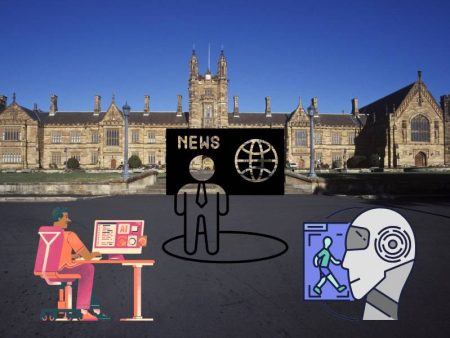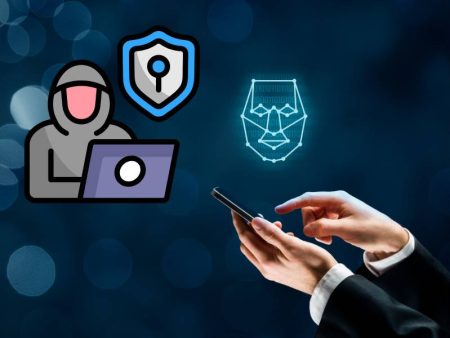Ever asked AI to “write a responsive navbar” and then felt a twinge of worry thinking, “Wait—did that copy someone else’s code?” You’re not alone. AI-generated code is amazing, transformative even—but it comes with ethical baggage. Who’s responsible for what the AI spits out? The user? The tool maker? The company deploying it? It’s a complex puzzle, and not just legal—it’s moral, social, human. Let’s unpack it together.
The Setup: Why We Use AI in Coding
Picture this: midday slump, backlog of bug fixes, half-baked feature requests. You copy-paste a snippet, ask the AI—say something uses AI Code Generator CSS Javascript and HTML—to build UI scaffolding. Suddenly, you have a slick form, a modal, a calendar widget. It saves hours.
But as soon as it’s in your codebase, questions pop up. Did you just commit a license violation? Is it injecting performance anti-patterns? What if it breaks in production and you have zero visibility into how it was generated? The freedom is intoxicating—and a little scary.
Who Owns the Generated Code?
Let’s play out the conversation:
Me: “Hey AI, write a CSS grid layout for a blog.”
AI: (Produces code bridging columns and rows)
Me: “Nice! I’ll just paste this in.”
Boom—I’ve just embedded AI code into my project. But who owns it? If the AI pulled from GPL code, am I unknowingly violating that license? If it mimics a proprietary library structure, am I infringing? Users often forget to ask—and that’s risky.
The responsibility isn’t automagically transferred to the tool creator—it sits squarely on the developer. Because you shipped it. That matters.
Should We Trust the AI’s Decisions?
When AI generates code, it doesn’t know performance constraints or business context unless you prompt it. Its suggestions are context-blind and sometimes inconsistent.
Example
I asked for a pagination component; the AI gave me a flat list of page numbers with no “Next” / “Previous” controls. I pushed it. It made users confused. Oops.
So a conversation helps:
Me: “Add Next/Previous buttons and disable them at endpoints.”
AI: (Adds proper controls, clarity improved)
Now it works. But that back-and-forth—the moral bet—we accepted that responsibility.
Accountability in a Team
What happens if you commit AI-generated code and it’s buggy, or worse—performs a SQL injection? Who’s responsible?
- The coder who clicked “generate” and integrated it
- The company that deploys whatever code is generated, with or without review
- Possibly the tool provider, depending on legal terms—but that’s messy
The short answer: you’re accountable. Because on deployment day, you pushed the code. It’s your team on support calls if it breaks.
Bias, Safety, and Unexpected Behavior
AI doesn’t inherently encode social bias in styling. Yet it can replicate biased logic in say, user validation or suggestions. I’ve seen it flag “others” gender fields or reject names that don’t look familiar—all because training data was skewed.
If you ask AI for an access form:
Me: “Generate HTML form for user registration.”
AI gives: name, email, country defaulting to a list of major nations—excluding some entries.
That’s bias sneaking in. We have to:
- Audit AI code for inclusion or exclusion
- Raise flags when logic feels discriminatory
- Prompt for broad or inclusive options explicitly
Ethical Refactoring and Attribution
Let’s say AI provides code that looks almost identical to StackOverflow. It happens. So:
- We need code scanners to compare
- Add attribution or rewrite it
- Ensure we’re not violating terms of community code
And even if it was original, we still reviewed it, understood it, adapted it. That’s part of ethical code stewardship.
The Non‑Linear Reality of Coding with AI
In real dev workflows, we bounce between contexts:
- Rewriting a modal
- Adjusting API logic
- Pasting AI-generated fetch calls
- Adding error handling
- Prompting AI for standardized logging format
It’s chaotic, non-linear, beautiful—and it blurs the ethics of each snippet. Am I consistently reviewing errors, logging, security? Maybe not. Everyone needs a checklist—review, test, refactor, license-check—so nothing slips through.
Emotional Ownership and Code Confidence
Remember that weird navbar issue? I patched AI-generated UI and forgot aria-hidden on some elements. My UX tester flagged it. It hit me: If AI generates code, I still own it. That emotional sense of ownership is crucial. Code isn’t a throwaway artifact—it shapes user experience and trust.
Empathy: The Human Lens
ImGrab developer writes:
“I asked AI to scaffold login and forgot social login… now users are confused signing in.”
That’s a follow-back humanness: empathy, understanding flow, user needs. AI scaffolds, but empathy we bring. Users aren’t bots—they’re humans with emotions, frustrations, tippy lines. Our code touches them. It deserves human agency.
The Blame Game: Who Do You Tell?
We need to ask:
- Do we publish AI use in release notes?
- Should our code reviews explicitly flag AI-generated blocks?
- Do we need CI tools to run license checks on newer commits?
Some companies tag diffs with [AI-SUGGESTED]. Some have review stages just for those snippets. You might even build guardrails like “no AI-generated code in authentication or compliance modules.” That’s healthy hygiene.
The Bigger Picture: Norms and Community
We’re only beginning to ask questions:
- Is AI code generation stealing developer jobs?
- Is it democratizing coding or devaluing it?
- Will we lose craftsmanship, or find a new kind of craft?
I’m sitting in the middle. I believe it augments our skills—not replaces them. We just need frameworks, policies, and human thoughtfulness for it to do right.
Practical Tips for Ethical AI Coding
Here’s a quick toolkit:
- Prompt clearly: “Include MIT license comment block”
- Review meticulously: test, lint, license-check
- Tag snippets: // generated by AI, reviewed
- Track license risk: use tools that detect origin
- Restrict high-risk areas: don’t auto-generate security or compliance code
- Maintain empathy: validate UX choices AI made
The Future: Co-Coding Policy?
I can imagine workplace policies like:
“All AI-generated UI scaffolding is allowed, provided it’s code-reviewed and accessibility-tested. Business logic must be manually written or at least audited by senior dev.”
That kind of policy preserves guardrails while accepting AI’s usefulness.
The Final Balancing Act
Is AI code unethical by itself? No—code is neutral. It’s us humans who decide. We shape context, review quality, ensure compliance, care for users. AI can help us move faster—but responsibility stays with us.
That’s not fearmongering. It’s stewardship.
TL;DR
- AI-generated code is powerful but needs ethical oversight
- Responsibility lies with the developer and deploying team
- Review for license, bias, performance, security
- Tag your AI-generated blocks for traceability
- Maintain empathy—code impacts real people
- Formal policy and CI processes help keep us accountable
Final Thought
There’s huge promise in co-coding with AI—speed, creativity, scaffolded logic. But without accountability, transparency, and empathy—it becomes dangerous. Let’s write responsibly—not just code quickly.
If you’ve tried AI-generated UI, logic, security patches—tell me how you audited, reviewed, and adapted it. This is our code, our care, and our responsibility.


